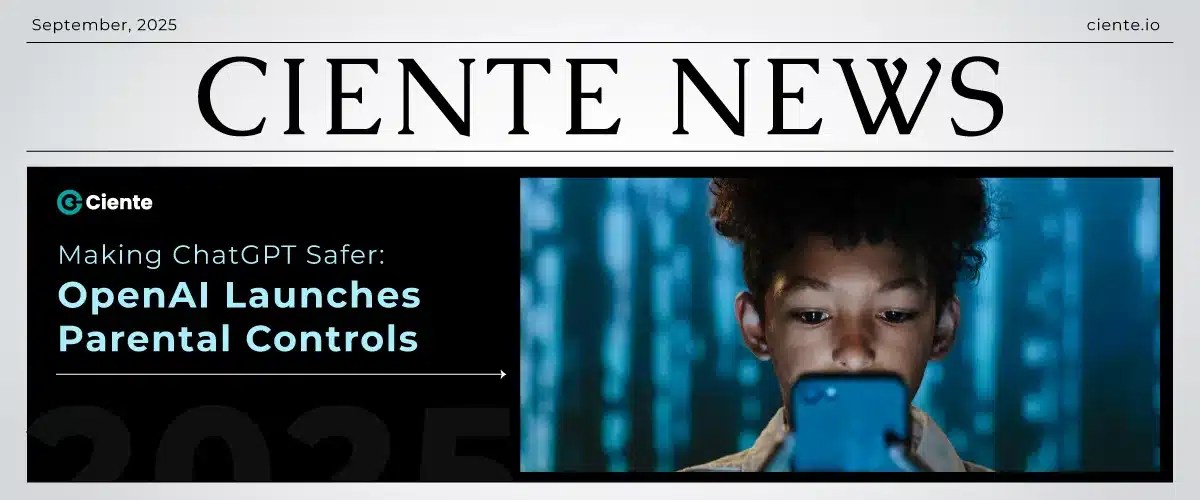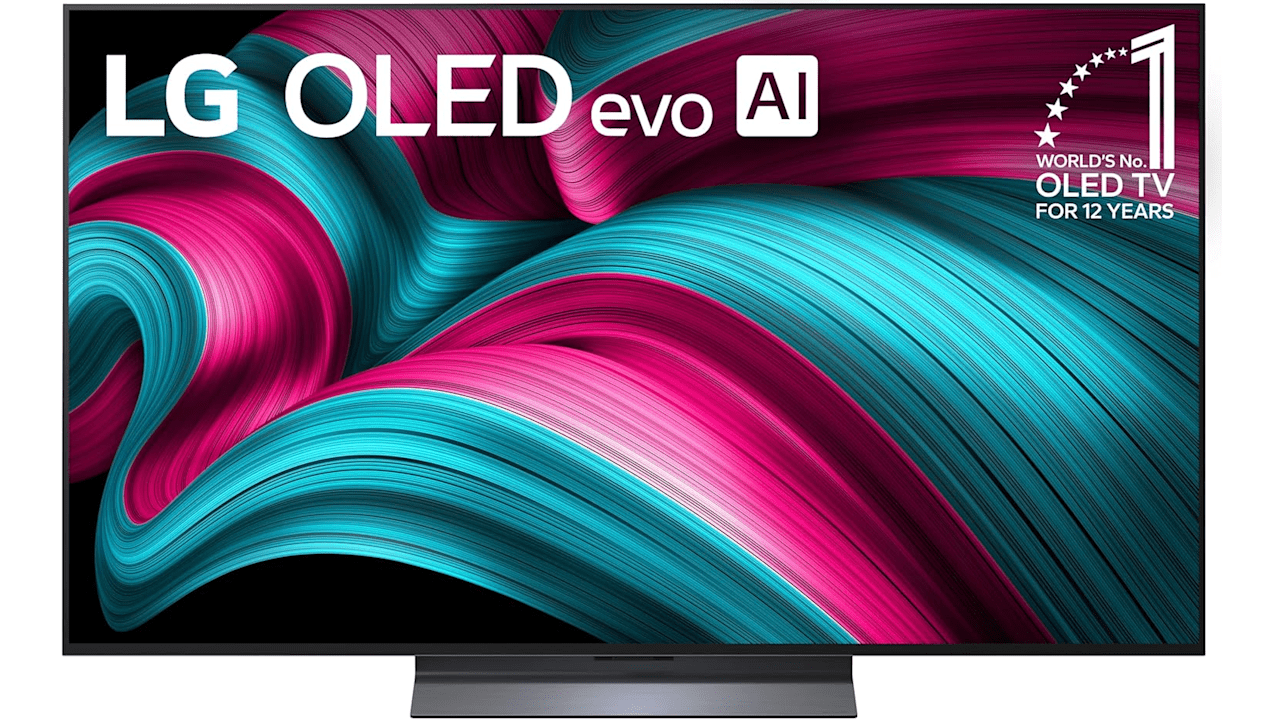How you can Prolong Your Lithium-Ion Battery’s Life: The 2025 Information
Over the previous 15 years, lithium-ion (Li-ion) battery know-how has developed considerably. We have seen the rise of latest chemistries like LFP and NMC, whereas basic LiCoO₂ formulations have taken a again seat. Battery Administration Techniques (BMS) have develop into extra refined, and power density has regularly improved. But, the elemental legal guidelines of battery degradation stay unchanged. Our habits have merely tailored to new realities.
Let’s break down the trendy, data-driven guidelines for extending the lifetime of your smartphone, laptop computer, or electrical automobile battery.
1. The Actual Enemies: Time and Warmth (Not Cycles)
The first reason behind Li-ion battery degradation is “calendar getting older”—the irreversible lack of capability over time, even when the gadget is unused. This happens because of the sluggish breakdown of the electrolyte and the gradual, irreversible degradation of inner supplies that “entice” lithium particles, making them inactive.
Warmth accelerates these chemical reactions exponentially.
Knowledge for contemporary NMC batteries (the commonest kind in client electronics) illustrates this clearly:
| Storage Temperature | Capability After 1 12 months (at 100% Cost) | Capability After 1 12 months (at 40-60% Cost) |
|---|---|---|
| 0°C (32°F) | ~94% | ~98% |
| 25°C (77°F) | ~80% | ~96% |
| 40°C (104°F) | ~65% | ~85% |
| 60°C (140°F) | ~30% (Extreme) | ~75% |
The Takeaway: A producer’s claimed lifespan of 2-3 years (or 500-1000 cycles to 80% capability) is barely achievable at room temperature and with a partial cost. Storing a powered-off gadget plugged in on a sunny windowsill—the place it is sizzling and consistently held at 100% cost—is without doubt one of the worst eventualities for battery well being. One 12 months on this state causes extra harm than a 12 months of energetic use with 20-80% cost cycles at room temperature.
2. The Candy Spot: 80% is the New 100%
Essentially the most nerve-racking state for a Li-ion battery’s cathode is the excessive voltage that corresponds to a 100% cost. This voltage instantly accelerates degradation.
For every day use, the optimum vary is 20% to 80%. Charging to solely 80% considerably reduces stress on the cell’s supplies and extends its life. In response to a College of Michigan research, charging to 100% can enhance degradation by 2-3 instances in comparison with stopping at 70-80% (although actual figures rely on chemistry and circumstances).
How you can do it: Most producers (Apple, Samsung, Tesla, Microsoft) now embrace good charging options (e.g., “Optimized Battery Charging” on iOS, “Battery Safety” on Samsung). These options study your habits and delay charging previous 80% till simply earlier than you want it. Allow these options! For laptops, producers like Lenovo usually present utilities to manually set a most cost threshold (e.g., 80%).
3. Deep Discharge: Simply as Dangerous as Overcharging
Permitting a cell’s voltage to drop under ~2.7-3.0V (what your gadget reveals as 0%) causes irreversible harm to the cathode’s construction. Fashionable BMS will shut the gadget off earlier than this essential stage, however the issue arises from long-term storage in a discharged state.
The rule is straightforward: by no means retailer a tool with an empty battery. In case you plan to retailer a gadget long-term, go away it with a cost between 40% and 60%.
4. “Reminiscence Impact” is a Fable, However Calibration is Key
Li-ion batteries don’t endure from the “reminiscence impact” that plagued older Ni-Cd or Ni-MH batteries. Nevertheless, minor inaccuracies within the BMS’s Coulomb Counter (which tracks power in/out) and the battery’s pure degradation could cause the reported cost share to float from actuality.
The answer is calibration each 6 months: Discharge the gadget to 0% (till it shuts off), then cost it to 100% in a single steady, uninterrupted session. This helps the controller relearn the battery’s true capability.
Necessary nuance: For contemporary gadgets, that is usually solely obligatory when you discover incorrect battery readings. Apple and others state it is optionally available. It was extra essential for older battery controllers.
5. Quick Charging is a Commerce-Off
Quick charging applied sciences (Fast Cost, Energy Supply, SuperVOOC) work by delivering excessive present and/or voltage. Warmth is an inevitable byproduct of this course of. And as we all know, warmth is the enemy.
Whereas trendy gadgets are designed to deal with quick charging, utilizing slower, average charging at any time when potential reduces thermal stress and is gentler on the battery long-term.
The best follow: Use customary charging when you’re not in a rush. For in a single day charging, use a sluggish, low-wattage (5-10W) charger or depend on your gadget’s built-in optimized charging function to complete proper earlier than you get up.
6. Li-Polymer is Not a Totally different Chemistry
A typical query: “Does this all apply to lithium-polymer (Li-Po) batteries?” Sure, completely.
Li-Polymer is basically the identical lithium-ion know-how however makes use of a gel-like or stable polymer electrolyte as a substitute of a liquid one. This permits for thinner, extra versatile kind components. The core ideas of getting older—the impression of voltage, warmth, and deep discharge—are similar to straightforward Li-ion batteries.
7. Battery Chemistry Issues
New chemistries have emerged that deal with stress otherwise:
- NMC/NCA (Nickel Manganese Cobalt / Nickel Cobalt Aluminum): The commonest kind in smartphones, laptops, and EVs. They provide excessive power density however are delicate to excessive voltage (100% cost) and overheating.
- LFP (Lithium Iron Phosphate): Gaining large traction in energy instruments, energy banks, and EVs (like base Tesla Mannequin 3s and Powerwalls). Key benefits:
- Better chemical stability and security.
- For much longer cycle life (sometimes 3,000-6,000 cycles).
- Much less sensitivity to being held at 100% cost.
- Higher thermal resilience.
The trade-off is decrease power density. This implies for a similar measurement and weight, an LFP battery has decrease capability (mAh) than an NMC battery. This leads to:
- Devices: Thicker/heavier gadgets for a similar runtime, so LFP is uncommon in telephones.
- EVs: A shorter vary for a battery of the identical weight, usually making LFP the selection for extra reasonably priced fashions or industrial autos the place longevity trumps max vary.
- Energy Banks: An LFP energy financial institution will probably be bulkier for a similar capability than an NMC mannequin.
The selection is between most runtime in a compact measurement (NMC) or superior longevity and security (LFP).
The Fast Information: Your Battery Care Cheat Sheet
- ✅ Allow Good Charging: Activate optimized battery charging options in your gadget’s settings.
- ✅ Keep away from Extremes: Hold the cost between 20% and 80% for every day use. Prime up all through the day.
- ✅ Keep away from Warmth: By no means go away your gadget in direct daylight (particularly on a automotive dashboard) or below a pillow whereas charging. Take away thick instances throughout intensive duties or charging.
- ✅ Retailer Partially Charged: If storing a tool, go away it with a 40-60% cost. By no means retailer it lifeless.
- ✅ Favor Sluggish Charging: Use sluggish, in a single day charging when potential. Reserve quick charging for if you want it.
- ✅ Calibrate Often: Carry out a full 0-100% cost cycle each 6 months in case your battery share appears inaccurate.
- ✅ Heat Up Chilly Gadgets: In case your laptop computer is chilly, let it attain room temperature earlier than charging or turning it on.
Following these guidelines will assist your battery keep wholesome lengthy after its typical 2-3 12 months guarantee interval.
P.S.: Why Cannot You “Revive” a Deeply Discharged Battery?
Fashionable BMS are extraordinarily strict on security. If a battery’s voltage stays under a essential threshold for too lengthy, the BMS would not simply shut it off—it usually completely locks it to stop any additional use.
It’s because extended deep discharge causes irreversible inner chemical modifications. Trying to cost such a battery is dangerously susceptible to inflicting inner brief circuits, thermal runaway, and hearth.
Essential: Any try and “jump-start” a locked battery with unofficial chargers or bypass the BMS is not only futile—it is a severe hearth hazard. If a tool would not activate after lengthy storage, the battery is probably going completely lifeless and needs to be safely recycled.
In case you could have discovered a mistake within the textual content, please ship a message to the writer by deciding on the error and urgent Ctrl-Enter.
Source link
latest video
latest pick
news via inbox
Nulla turp dis cursus. Integer liberos euismod pretium faucibua





















